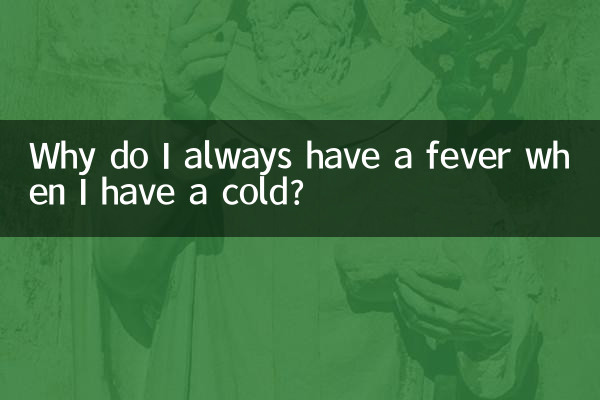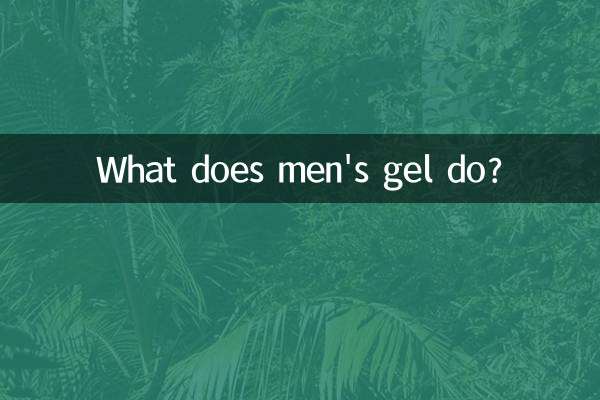Why do I always have a fever when I have a cold?
Colds and fevers are common health problems in daily life, but many people find that a cold is easily accompanied by a fever. What are the reasons behind this phenomenon? This article will extract data from recent hot health topics and combine it with medical knowledge to analyze this phenomenon for you.
1. The relationship between colds and fever

Colds are usually caused by viruses, and fever is the body's natural response to fighting viruses. The following is the hot discussion data about colds and fevers on the Internet in the past 10 days:
| topic | Number of discussions (times) | main focus |
|---|---|---|
| Frequency of fever after cold | 12,500 | Why do some people have a fever when they catch a cold? |
| Immunity and fever | 8,900 | Does low immunity lead to fever? |
| Cold and fever in children | 15,200 | More common causes of fever in children after catching a cold |
2. Common causes of fever after colds
1.Differences in virus types: Different cold viruses have different pathogenicities, and some viruses (such as influenza viruses) are more likely to cause hyperthermia.
2.individual immune response: People with stronger immune systems may clear the virus more quickly through fever, while people with weaker immune systems may have persistent fevers because they are unable to effectively control the infection.
3.secondary infection: A secondary bacterial infection may occur after a cold, causing the body temperature to further rise.
Recent health platform user survey data shows:
| Characteristics of people prone to fever | Proportion | Common symptoms |
|---|---|---|
| People with low immunity | 42% | Recurrent low-grade fever |
| Allergy | 28% | accompanied by sore throat |
| Chronic disease patients | 30% | High fever that persists |
3. How to prevent fever after a cold
1.Enhance immunity: Balanced diet, regular work and rest, and moderate exercise.
2.timely intervention: Take proper rest and replenish fluids in the early stage of a cold.
3.Get vaccinated: Getting vaccinated before flu season can reduce the risk of severe illness.
The sales data of health products on major e-commerce platforms in the past 10 days show:
| Preventive products | sales growth | Popular brands |
|---|---|---|
| Vitamin C | +65% | Swisse, Yangshengtang |
| Probiotics | +48% | LifeSpace, Mommy Love |
| air purifier | +32% | Xiaomi, Philips |
4. When Do You Need Medical Treatment?
Although colds and fevers are common, it is recommended to seek medical treatment promptly if:
1. Body temperature continuously exceeds 39℃
2. Fever without relief for more than 3 days
3. Accompanied by severe headache, rash or difficulty breathing
Recent hospital outpatient statistics show that among patients with colds and fevers:
| Reason for treatment | Proportion | average disease duration |
|---|---|---|
| High fever that persists | 38% | 4.2 days |
| Complication concerns | 25% | 3.5 days |
| Pediatric patients | 37% | 2.8 days |
5. Summary
The tendency to have a fever after a cold is the result of a combination of factors. Understanding your own situation and taking appropriate preventive measures is the key. It can be seen from the analysis of recent hot spot data that the public's attention to colds and fevers is mainly focused on prevention and timely intervention. Maintaining a healthy lifestyle and seeking professional medical help when necessary can effectively deal with colds and fevers.
(The full text is about 850 words in total)

check the details

check the details